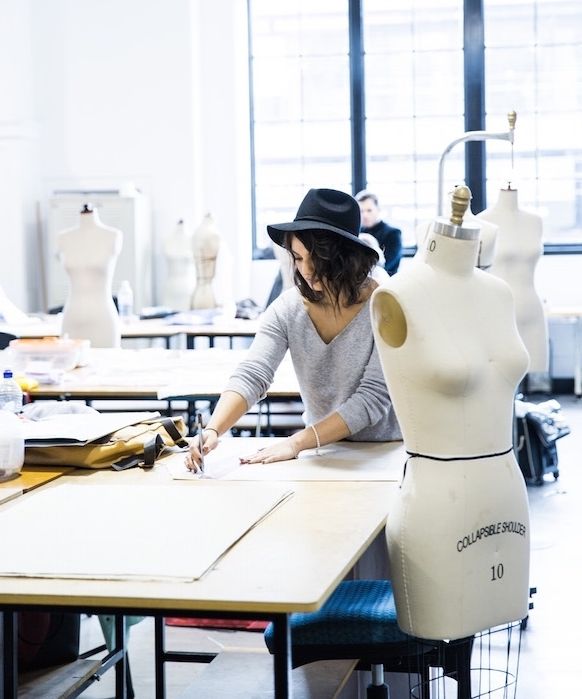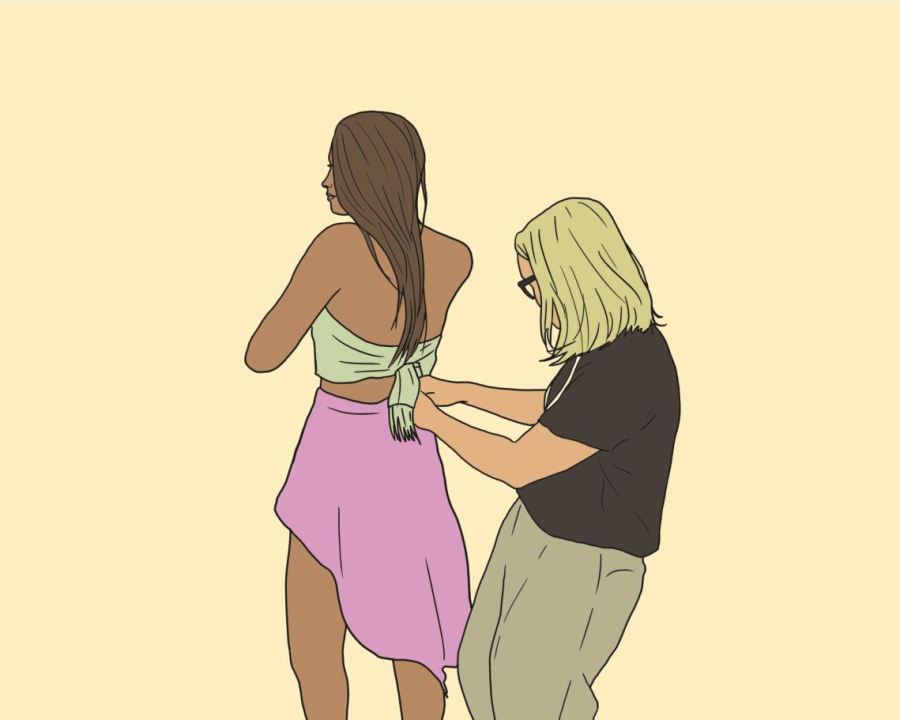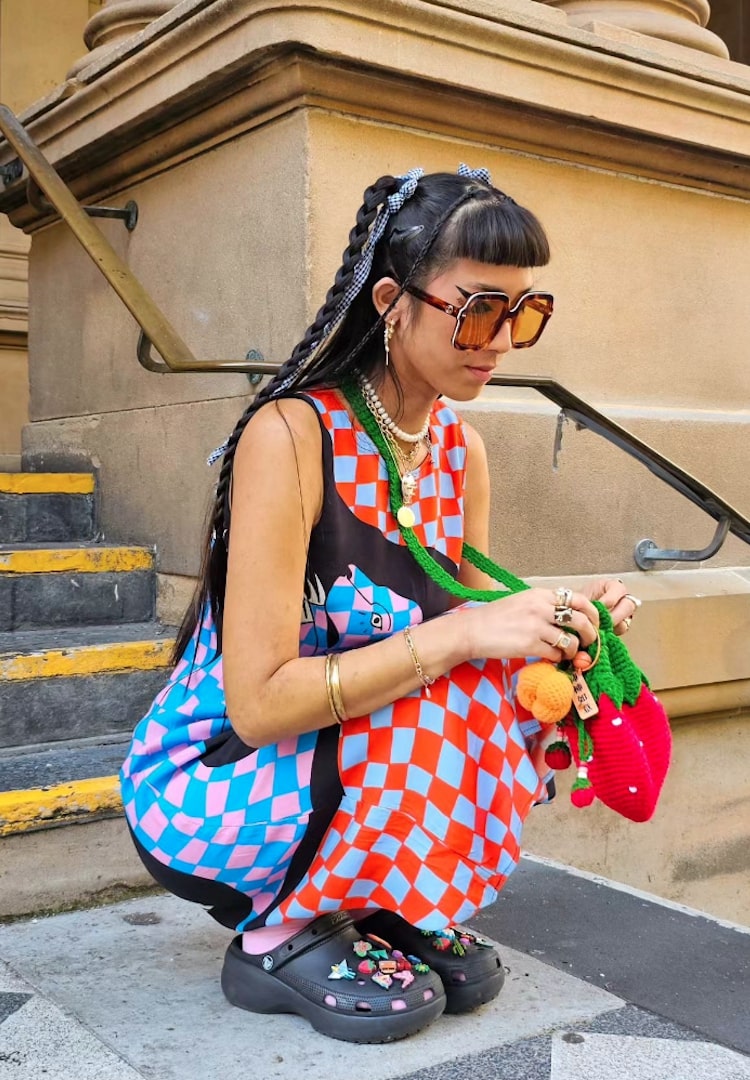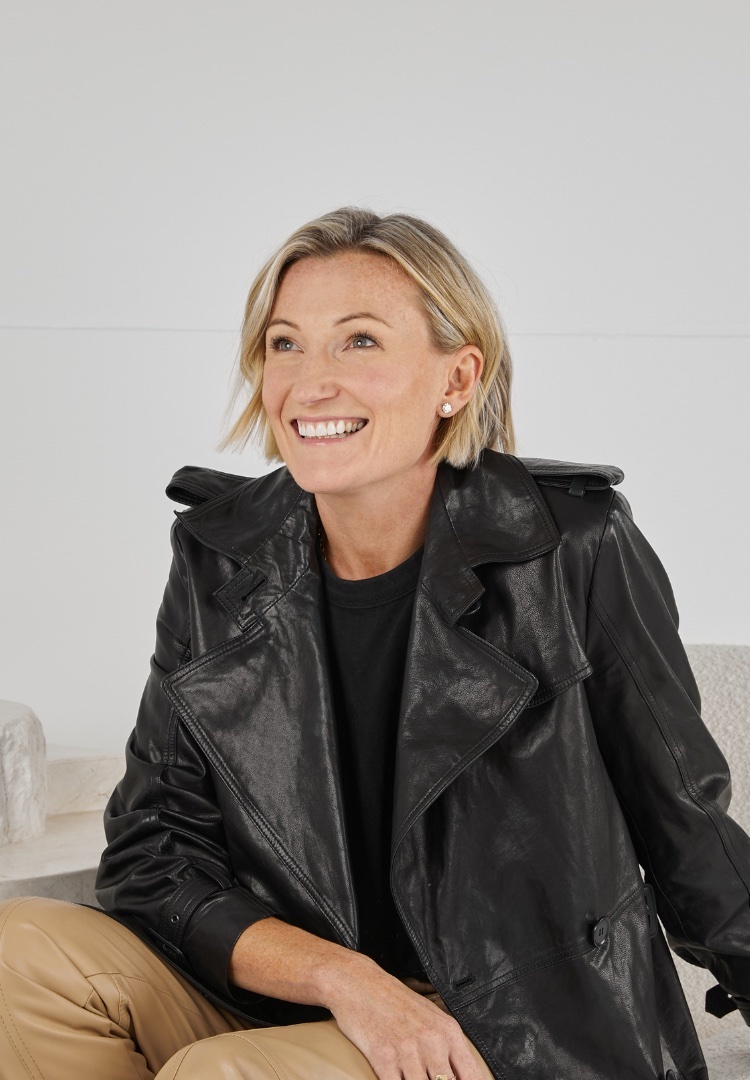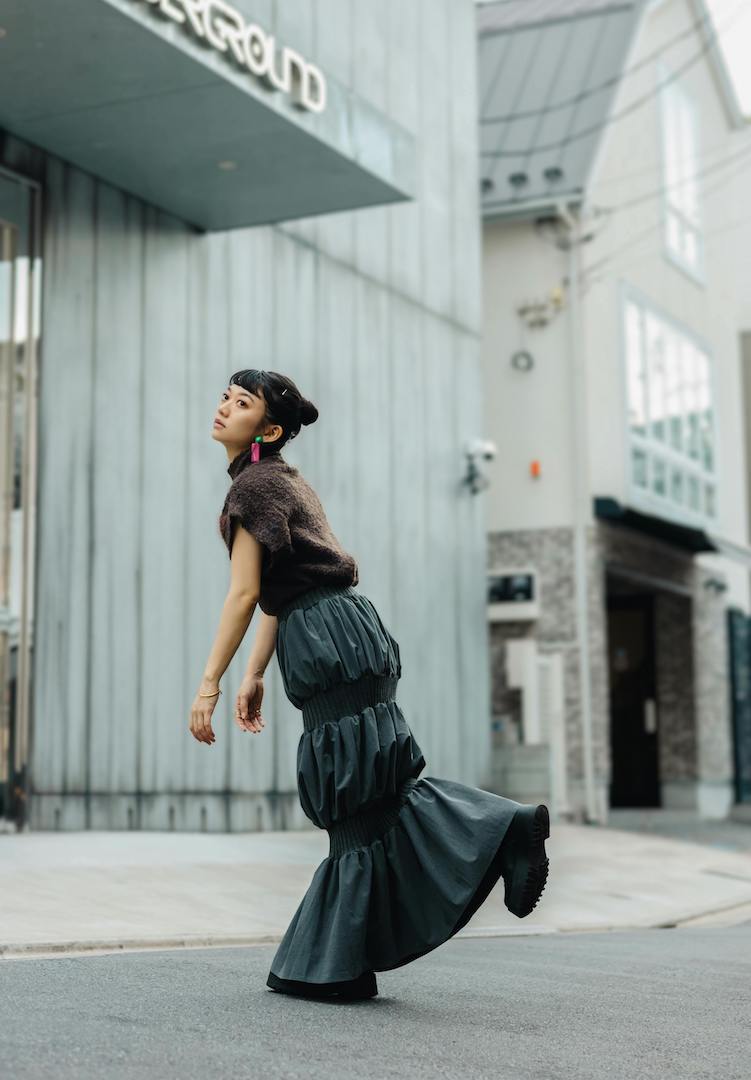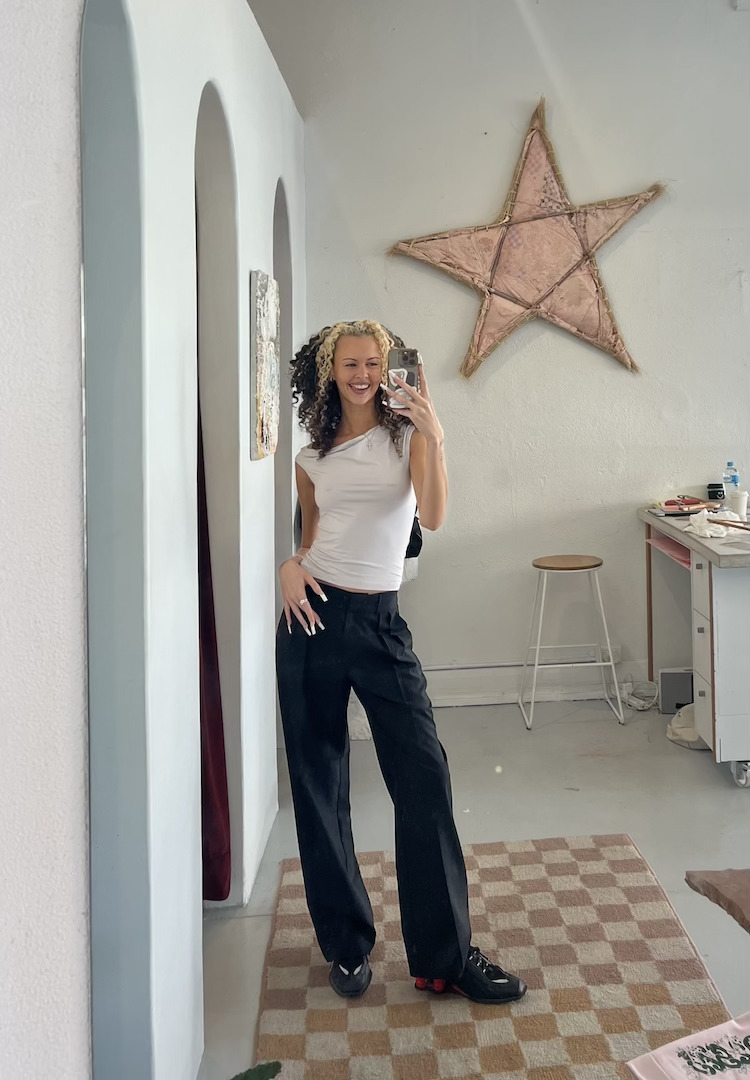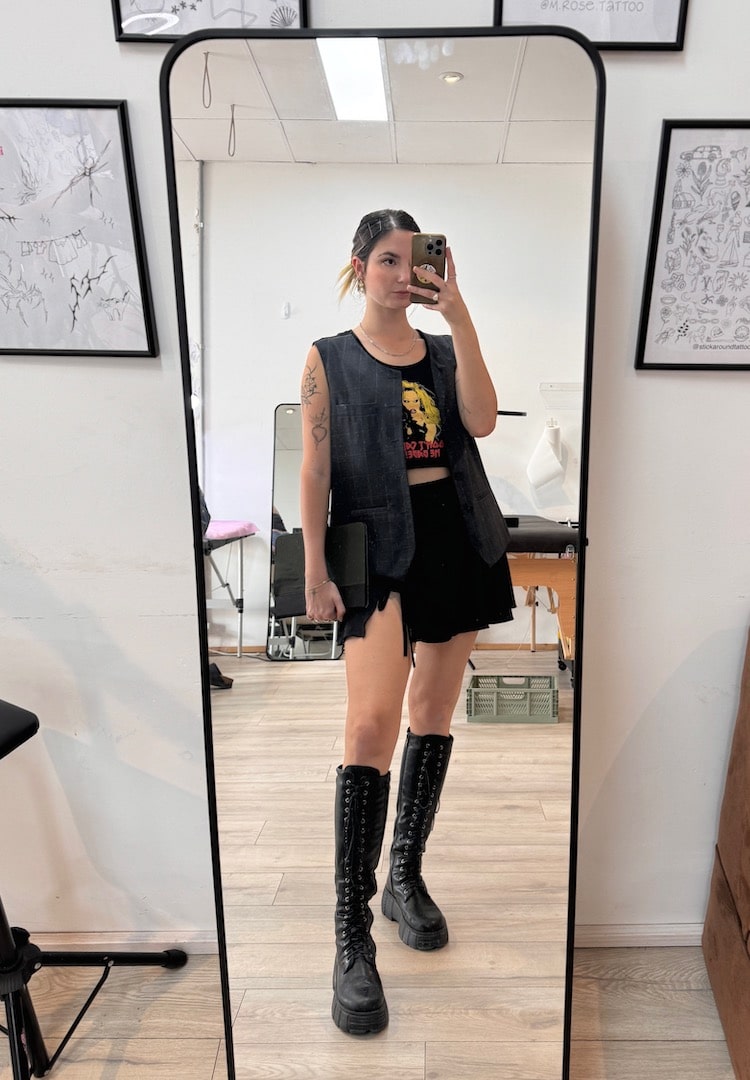What it takes to be a stylist in the age of Instagram
#OOTD.
The age of social media has allowed the styling profession to grow at a rapid rate.
More than ever before, stylists can promote their work on a global platform.
It gives them the tools to gain recognition among an international audience at the click of a button.
It also means the market has become saturated with ‘stylists’ – a buzzword for fashion enthusiasts, many of whom are not professionals with the appropriate skills.
Much like the age of smartphones and Facebook-created citizen journalism, Instagram has created citizen stylists. So where does that leave the professionals?
Lauren Di Bartolo is the founder and director of Australian Style Institute, and has helped produce some of Australia’s most reputable stylists over the last seven years.
We sought Lauren’s help for a definitive breakdown of what it takes to be a stylist in the digital age.
Understanding the difference between styling and blogging
Don’t get us wrong, the two aren’t mutually exclusive by any means. While blogging does involve styling a concept or visual story, there are a few key takeaways that set the two titles apart.
“A stylist has a set of skills that allows them to understand and interpret a brief, develop concepts, establish relationships to source garments and product, collaborate with commercial and creative partners and know their role on a project to elevate a product,” explains Lauren.
“A blogger creates content, which often includes curated imagery to convey a story or post. They will often document what’s relevant or trending, but a stylist should be able to push boundaries.”
Competing with creative career titles
Scroll through Instagram and you’ll find an abundance of inventive job titles: Blogger, influencer, content creator, creative producer.
The influx of creative career titles has meant anyone can claim they’re a stylist, but it takes a lot more than a nice Instagram feed to work as a professional.
“It’s so important to develop a strong skill set alongside your brand, because a brand without certainty of its skills and a deep understanding of craft could face struggles maintaining relevancy,” says Lauren. “Success shouldn’t be determined by how many followers you have but by how well you can execute the job.”
Producing content faster than ever
While social media has done great things for styling, it also means visual campaigns have a much shorter expiration date. The constant stream of content on our feeds means as a consumer, our expectations have never been so high.
“As stylists, we need to move faster than ever, ensuring we’re constantly finding product that hasn’t already been worn or shot by the time we get it,” says Lauren. “It’s also about understanding the desires of the demographic we’re shooting a product for. Consumers are more fashion-educated than ever, so we need to ensure we’re appealing to them with a concept they haven’t seen before.”
Knowing the importance of education
It takes more than a good eye to lead a successful career as a stylist. Whether you’re working with a team of professionals or a client, it’s very easy to spot someone who doesn’t know what they’re talking about.
Lauren explains: “I hear from photographers every week about how frustrated they are that a stylist turned up to a shoot without a proper styling kit, or the right product selection. In personal styling, it’s not enough to love fashion or be good with people. When we work with a client, we’re working with their identity and their confidence and it takes an in-depth understanding of human behaviour to be successful. This is something we have a significant focus on at Australian Style Institute and something we’re known for globally.
In personal styling, it’s not enough to love fashion or be good with people. When we work with a client, we’re working with their identity and their confidence and it takes an in-depth understanding of human behaviour to be successful. This is something we have a significant focus on at Australian Style Institute and something we’re known for globally.”
Having the right people skills
Along with an understanding of the client, a number of qualities will determine a successful stylist from a not-so-good one. Self-motivation, emotional intelligence, care for clients and garments, and the ability to collaborate are just some of the essential qualities required to make it big.
“You need to understand people’s relationship with purchasing, human resistance, instilling confidence, as well as marketing and business strategies, digital trends and industry demands,” says Lauren.
If you think you’ve got what it takes to become a stylist, enrolment at Australian Style Institute is open now.
australianstyleinstitute.com.au
Illustration by Twylamae.
This interview was originally published in Fashion Journal issue 173. You can read the full issue here.

